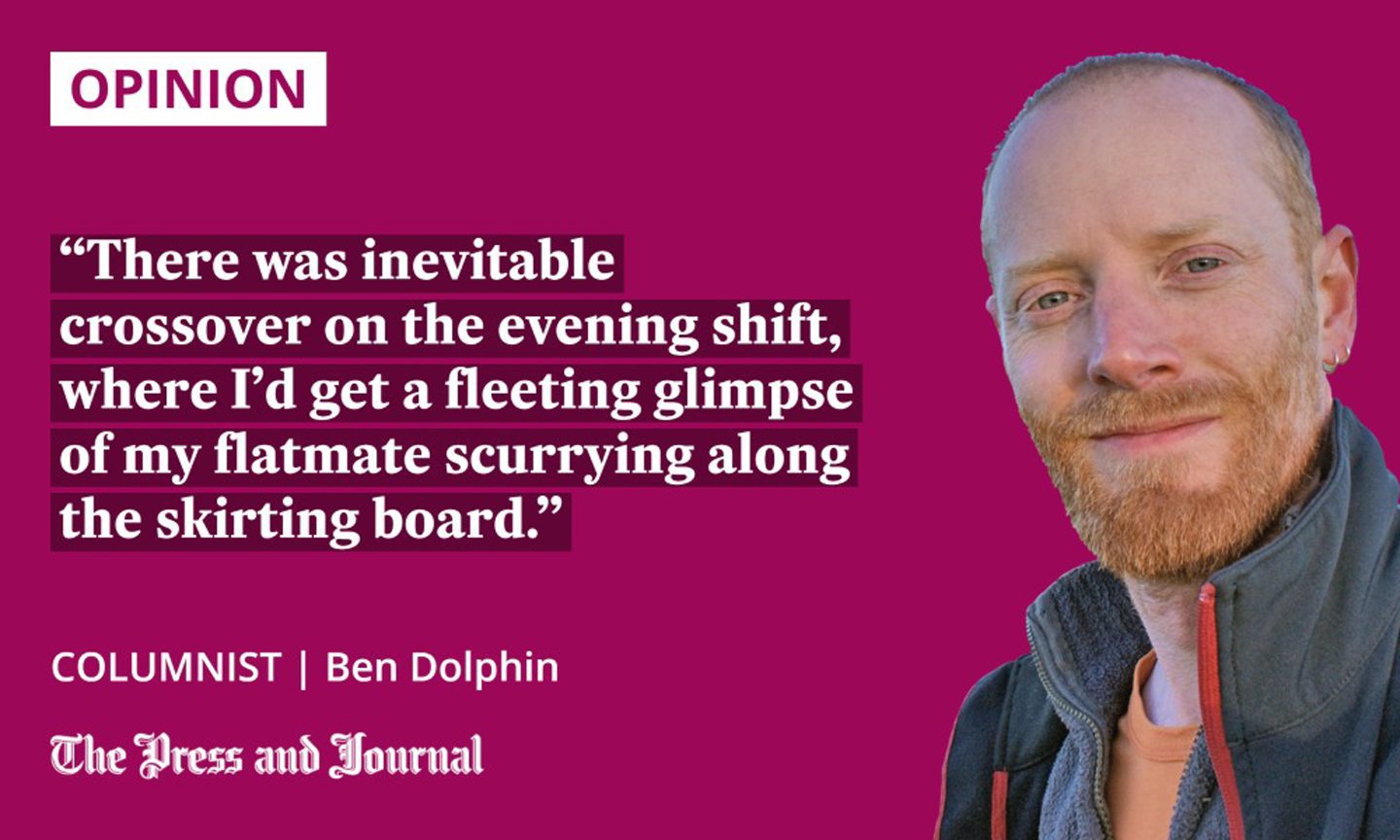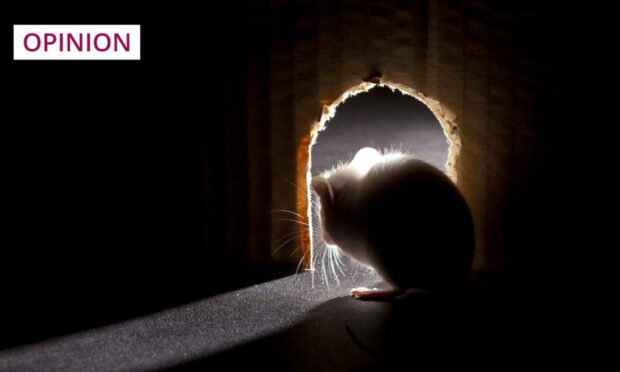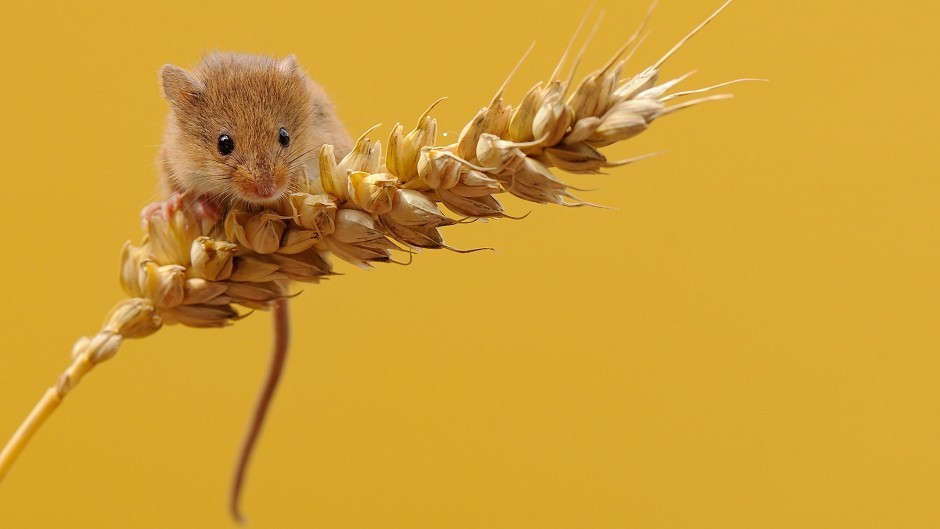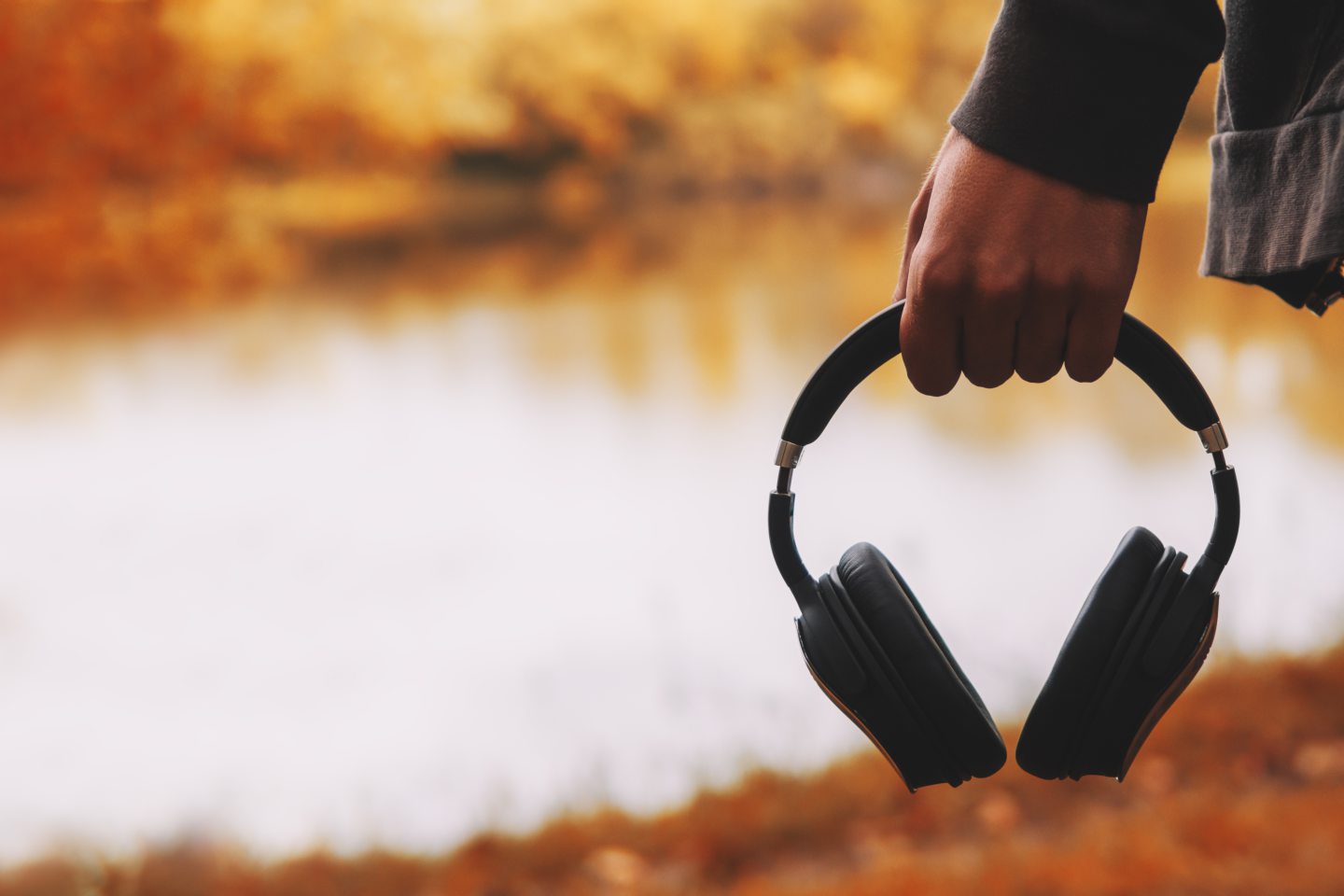Even the biggest animal lovers will struggle to cohabitate with mice, writes Ben Dolphin – but you have to admire their determination.
We’d been in our new home a good few weeks before we heard them.
At first, it was just a pitter-patter in the ceiling. Unobtrusive, light – we could live with that. But, then, the gnawing started, quickly followed by the nagging thought: “What ARE they doing?”
It’s not a surprise that we have mice, given our rustic location and the fact that they can squeeze through gaps as small as five millimetres. We’re definitely going to have our work cut out to get rid of them, but, nonetheless, I have a grudging soft spot for the humble wee house mouse.

I remember my first mouse cohabitation very well. Twenty years ago, at 3am, in my tenement flat in Edinburgh, I went for a glass of water.
It was dark, but I was able to automatically fumble my way into the kitchen before turning on the light. When I did so, something hurled itself off the high shelf, bounced off the toaster and landed on my bare foot, before disappearing under the fridge. My reaction was neither restrained nor dignified.
I shrieked.
It all happened so quickly, I wondered if I’d imagined it, but the speed with which mice flee is partly because they “remember” their everyday surroundings via kinesthetic muscle memory. Movement is instinctive. A bit like me fumbling my way from the bedroom to the kitchen in the darkness, only much faster and MUCH more impressive.
Resource partitioning with a mouse
The mouse reappeared in the living room the following week, and I crazily moved all the furniture around in search of it. This sent the mouse whizzing around the room in utter confusion, since its familiar surroundings had been adjusted.
I found it rigid and exhausted in a corner, seemingly resigned to its fate. I could see its wee heart pounding as I lifted a big hard broom up behind my head.
I brought the broom rushing down to whack it and… stopped, just above the mouse. I couldn’t do it. I admired its tenacity; how it existed alongside me whilst simultaneously being terrified of me.
In that moment, I resigned myself to cohabitation. The mouse could have the flat at nights, and I could have it during the day. Ecologically speaking, this was “resource partitioning” – the coexistence of two species in the same place, albeit at different times, to minimise conflict or competition.
There was inevitable crossover on the evening shift, where I’d get a fleeting glimpse of my flatmate scurrying along the skirting board, but its presence was easier for me to accept if I saw it as simply a free-roaming pet. Not as crazy as it sounds, given Mus musculus, the house mouse, is the same species people keep as domesticated pets.
The teeth are the problem
I kept the flat as clean as I could, but there was no denying the hygiene problem. Mice wee and poo with abandon, and then pitter-patter it all over your surfaces.
Plus, it’s never just one mouse. After a gestation period of 21 days, a mouse gives birth to between five and 12 “pups”. Twenty-one days after that, they’re fully weaned and able to breed themselves in a month or two.
A mouse is able to mate again from pretty much the moment she gives birth, which can mean as many as 10 litters in a year. Little wonder we’ve trapped more than 20 mice in the last eight weeks.
The gnawing in the walls is so incredibly loud, they may as well be using power tools
You really do need to get on top of the problem fast, because just think what all those teeth are up to.
Mouse teeth are a source of constant anxiety for us. The gnawing in the walls is so incredibly loud, they may as well be using power tools.
How can tiny teeth make so much noise? Well, their teeth are harder than ours, for starters. But, their incisors also continuously grow at a staggering 0.3mm per day. Mice therefore have to constantly chew at hard objects to stop their teeth outgrowing their tiny wee heads.
Would a mouse eat this?
They’re also naturally inquisitive animals, nibbling at everything to test its worth, either as a tooth-grinder, for food, or for nesting material. That’s when you find familiar household items being shredded.
We didn’t have any problems in that regard, until we went away for a week. An open invitation – for, as much as mice thrive in our presence, they also do their best to stay out of our way. So, when the cat’s away, as they say…
Alas, poor futon. Farewell, leather gloves. Goodbye, headphones.
We’ve, inevitably, become rather paranoid about what might be next, so are mouse-proofing our worldly possessions. That basically means putting everything into massive plastic boxes, and the house looking as though an overpaid celebrity declutterer has paid us a visit.
I find myself examining objects and thinking: “Would a mouse eat this?” Do mice like crampon straps? Torches? External hard drives? Frankly, I wouldn’t put anything past them, so better safe than sorry.
Yep, the mice will have to go. But I still can’t hate them for doing what do. Resourceful, adaptable, annoyingly persistent and persistently annoying, they’re one of nature’s great survivors.
Respect, humble house mouse. Respect!
Ben Dolphin is an outdoors enthusiast, countryside ranger and former president of Ramblers Scotland












